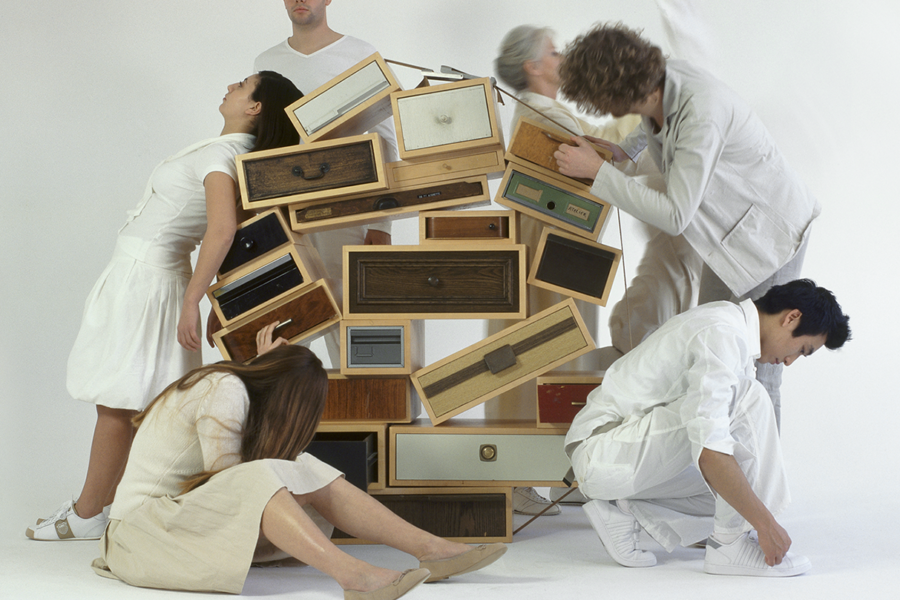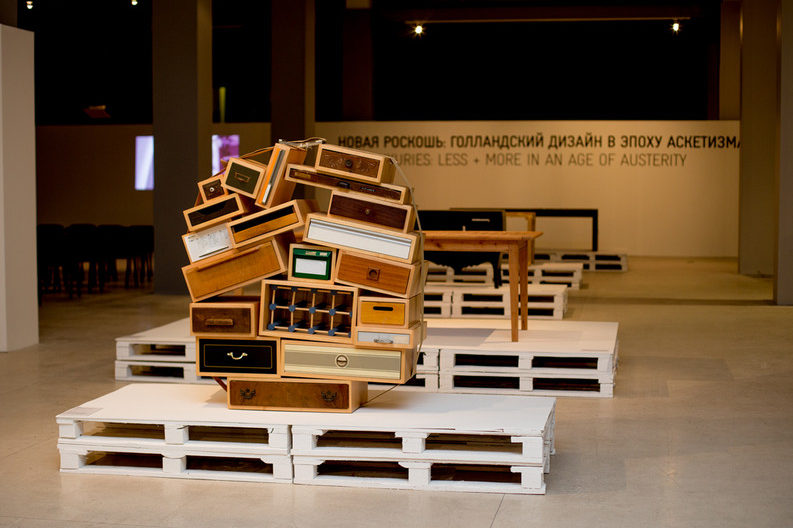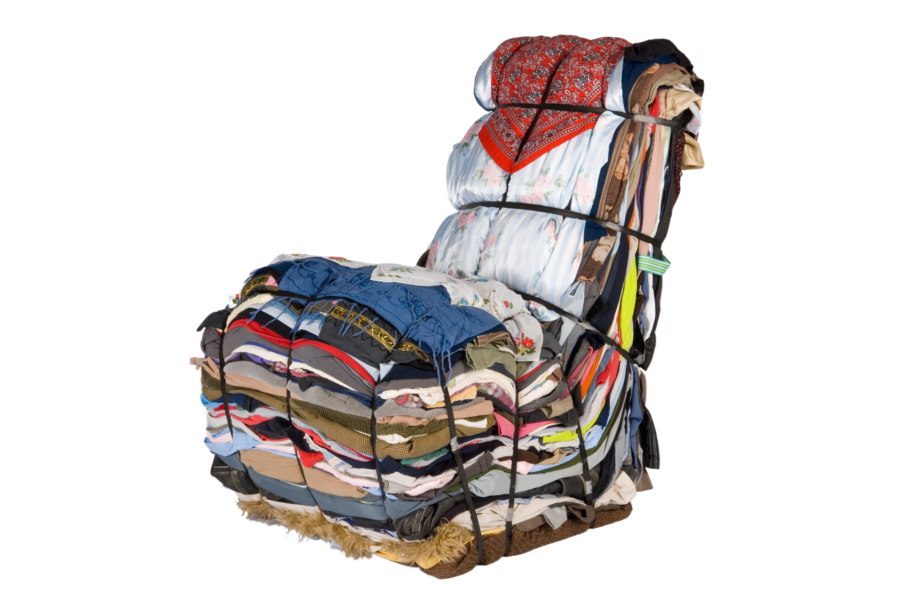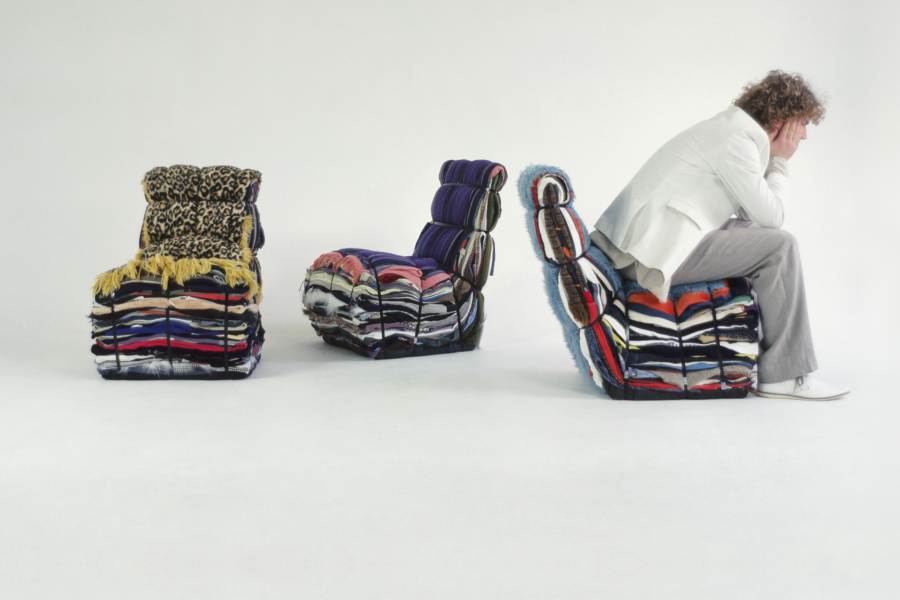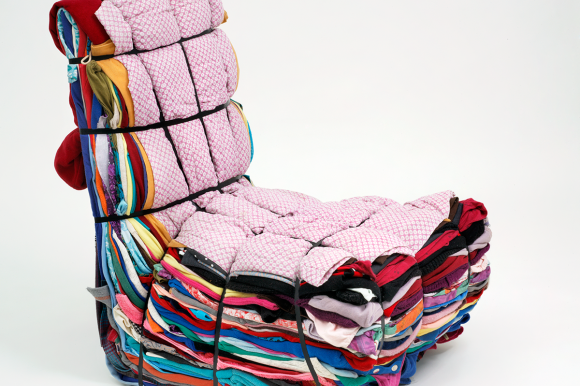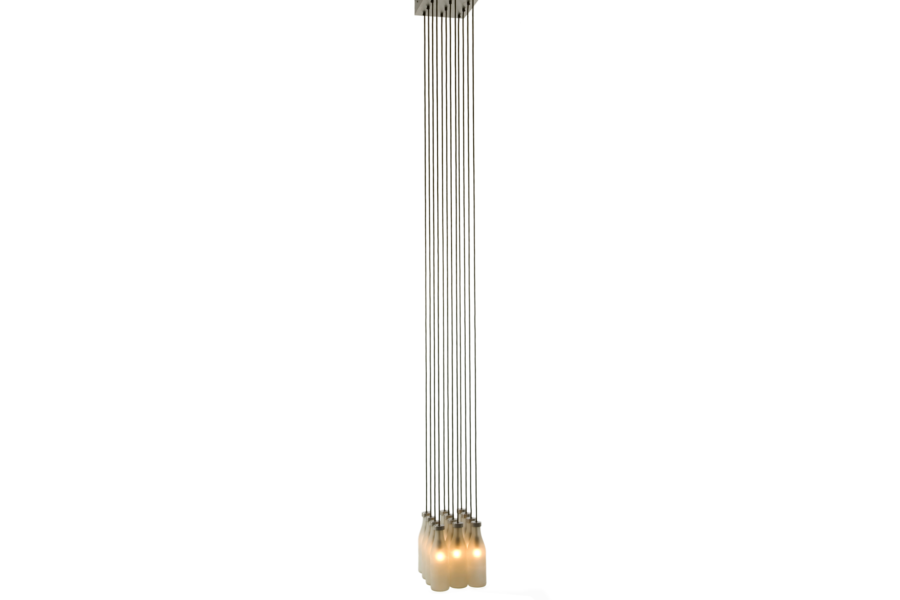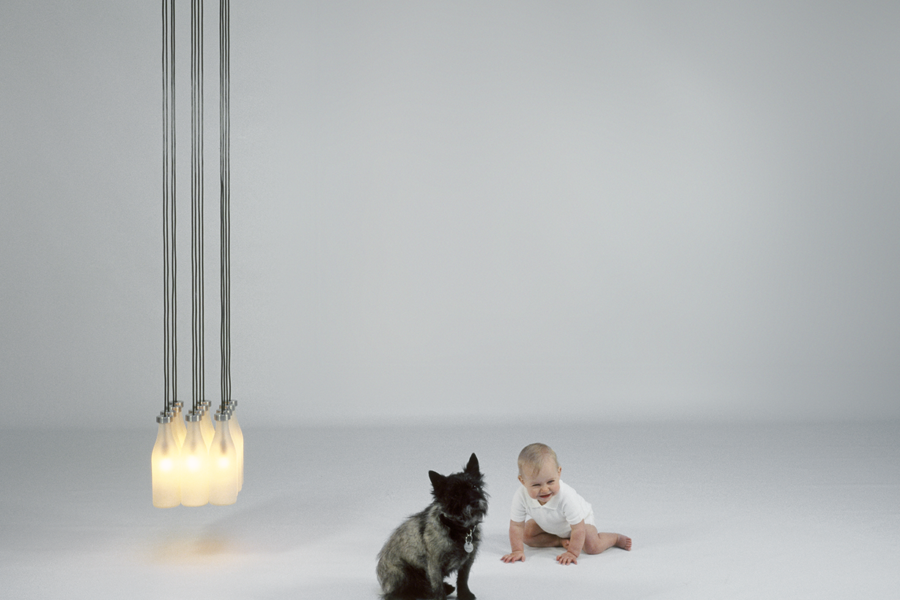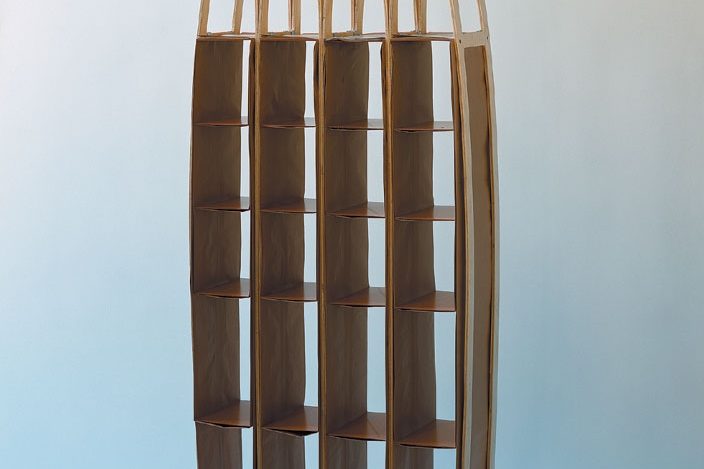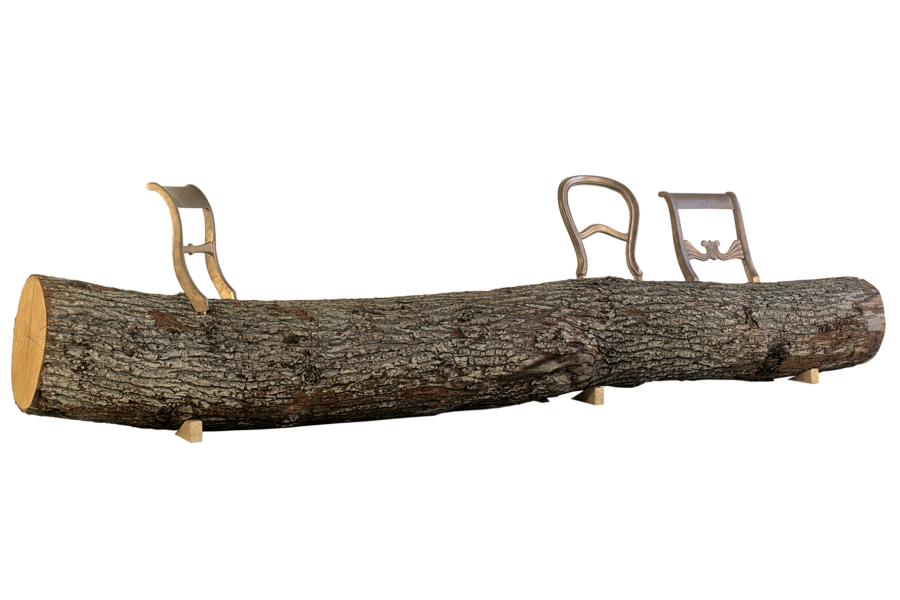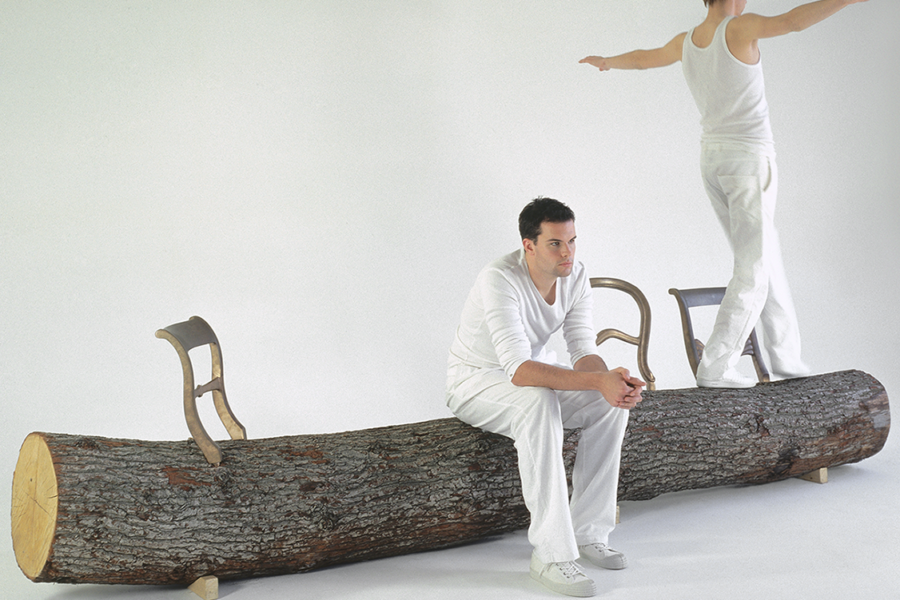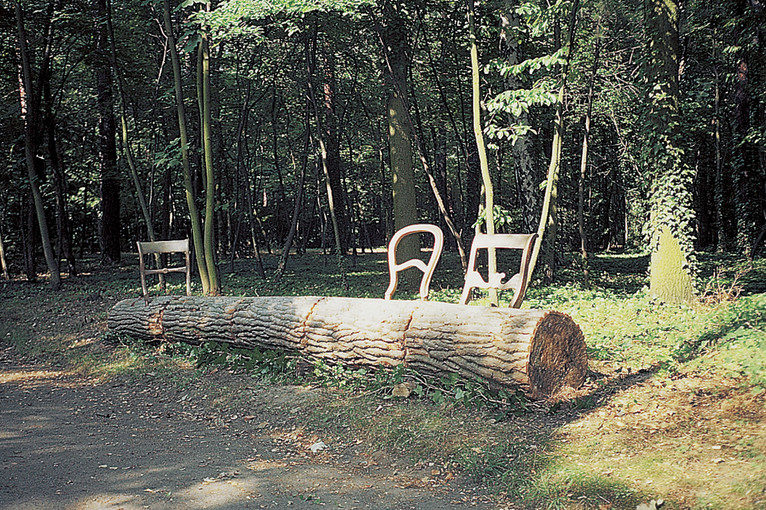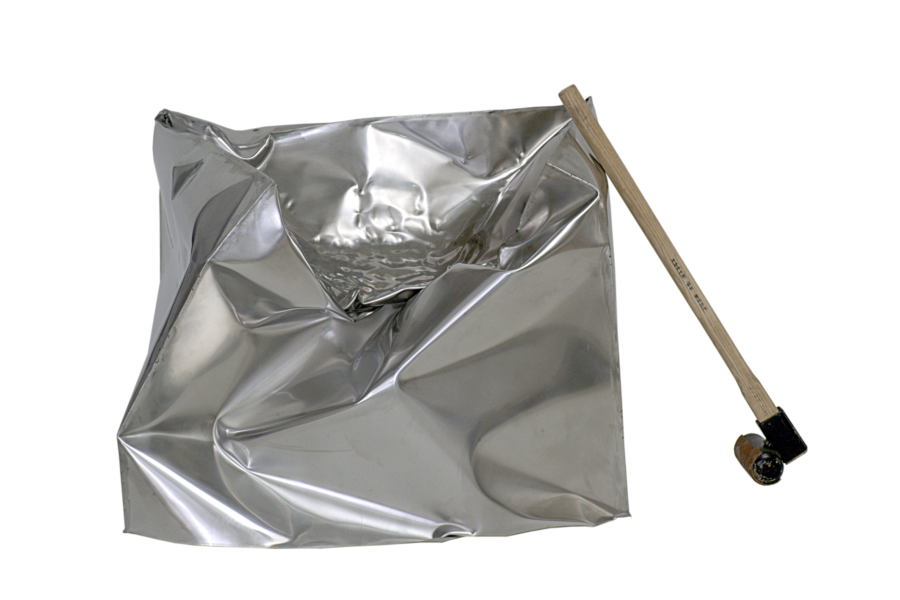get your droog icons @home on request
These droog icons can be purchased on request. The prices mentioned below are an estimation, and can be slightly different. Please contact us directly with your inquiry
MAIL US
Chest of drawers by Tejo Remy
Chest of drawers had its première in 1991 and has since become a true Droog classic, an icon of conceptual design collected by museums such as MoMA and Museum of Art and Design in New York. A criticism on consumerism, Tejo Remy collected found drawers, gave them new enclosures and loosely bundled them into a chest. His pioneering vision was to make one’s own paradise with what one encounters, as Robinson Crusoë did on his island.
Price on request
About the designer: Tejo Remy
Tejo Remy works as a product, interior and public space designer together with Rene Veenhuizen in Utrecht, the Netherlands. Considering everything as material, Remy incorporates existing information, circumstances, or found goods into new situations, often bringing in more social contact or, telling the story of a particular place. Remy transforms the familiar, yet the feeling remains. Having collaborated with Droog since its inception with the 1991 classics Chest of drawers, Rag Chair and Milk bottle lamps, Remy has reached international acclaim. His commissioners and exhibitors include Museum of Art and Design in New York, Bartow-Pell Mansion Museum in New York, MoMA in New York, Stedelijk Musuem in Amsterdam, Museum Boymans van Beuningen in Rotterdam, ACME Gallery in Los Angeles and the Netherlands Ministry of Housing, Spatial Planning and the Environment.
Rag Chair by Tejo Remy, 1991
This chair is layered from the contents of 15 bags of rags. It arrives ready made but the user has the option to recycle its own discarded clothes to be included in the design. Each piece is unique; a treasure-chest of memories.
The Rag Chair can be customized on demand, please mention this when you contact us.
Price on request
About the designer: Tejo Remy
Tejo Remy works as a product, interior and public space designer together with Rene Veenhuizen in Utrecht, the Netherlands. Considering everything as material, Remy incorporates existing information, circumstances, or found goods into new situations, often bringing in more social contact or, telling the story of a particular place. Remy transforms the familiar, yet the feeling remains. Having collaborated with Droog since its inception with the 1991 classics Chest of drawers, Rag Chair and Milk bottle lamps, Remy has reached international acclaim. His commissioners and exhibitors include Museum of Art and Design in New York, Bartow-Pell Mansion Museum in New York, MoMA in New York, Stedelijk Musuem in Amsterdam, Museum Boymans van Beuningen in Rotterdam, ACME Gallery in Los Angeles and the Netherlands Ministry of Housing, Spatial Planning and the Environment.
Milk bottle lamp 12pcs by Tejo Remy, 1991
The milk bottles hang just above the floor in rows of three by four as in Dutch milk crates from the old days.
Price on request
About the designer: Tejo Remy
Tejo Remy works as a product, interior and public space designer together with Rene Veenhuizen in Utrecht, the Netherlands. Considering everything as material, Remy incorporates existing information, circumstances, or found goods into new situations, often bringing in more social contact or, telling the story of a particular place. Remy transforms the familiar, yet the feeling remains. Having collaborated with Droog since its inception with the 1991 classics Chest of drawers, Rag Chair and Milk bottle lamps, Remy has reached international acclaim. His commissioners and exhibitors include Museum of Art and Design in New York, Bartow-Pell Mansion Museum in New York, MoMA in New York, Stedelijk Musuem in Amsterdam, Museum Boymans van Beuningen in Rotterdam, ACME Gallery in Los Angeles and the Netherlands Ministry of Housing, Spatial Planning and the Environment.
Folding bookcase by Jan Konings & Jurgen Bey, 1991
Made of paper and wood, when folded up this bookcase is scarcely five inches wide.
Price: currently not for sale
About the designer: Jurgen Bey
Droog’s collaboration with Dutch designer Jurgen Bey started in the early nineties and resulted in the design of, amongst others, Kokon furniture, Tree-trunk bench and St. Petersburg chair for the Droog collection.
Born in Soest, the Netherlands in 1965, Jurgen Bey is one of the most renowned Dutch designers. He studied at the Design Academy Eindhoven and has since run studios independently or in collaboration with others, while teaching at the Design Academy Eindhoven in previous years, and currently, at the Royal College of Art in London. Bey’s work includes product, furniture, interior and public space design, and is produced by his studio, or by companies such as Droog, Royal Tichelaar Makkum, and Moooi. Bey is known as a critical designer, driven to understand the world and to question it in a unique manner. He has been awarded the 2005 Prins Bernard Cultuurfonds Award, the 2005 Harrie Tillie Award from Stedelijk Museum, Roermond and the Interior Award 2003 from Lensvelt/de Architect, for his meeting room for the Interpolis company.
In 2002 Bey formed Studio Makkink & Bey with Rianne Makkink. Working together and supported by a design team, they analyze content and search for the relation of things and their users. In their words, “town planning, architecture and landscape architecture are indissolubly connected to products and can be in symbiosis; the lamp has influenced architecture and the built home the products for the interior.”
Tree trunk bench by Jurgen Bey, 1999
A fallen tree can serve as a seat. The addition of bronze classical chair backs makes it a proper piece of furniture, a crossing between nature and culture. Jurgen Bey makes clear that it is ridiculous to transport trees when they are locally available. Therefore only the chair backs are for sale.
Price on request
About the designer: Jurgen Bey
Droog’s collaboration with Dutch designer Jurgen Bey started in the early nineties and resulted in the design of, amongst others, Kokon furniture, Tree-trunk bench and St. Petersburg chair for the Droog collection.
Born in Soest, the Netherlands in 1965, Jurgen Bey is one of the most renowned Dutch designers. He studied at the Design Academy Eindhoven and has since run studios independently or in collaboration with others, while teaching at the Design Academy Eindhoven in previous years, and currently, at the Royal College of Art in London. Bey’s work includes product, furniture, interior and public space design, and is produced by his studio, or by companies such as Droog, Royal Tichelaar Makkum, and Moooi. Bey is known as a critical designer, driven to understand the world and to question it in a unique manner. He has been awarded the 2005 Prins Bernard Cultuurfonds Award, the 2005 Harrie Tillie Award from Stedelijk Museum, Roermond and the Interior Award 2003 from Lensvelt/de Architect, for his meeting room for the Interpolis company.
In 2002 Bey formed Studio Makkink & Bey with Rianne Makkink. Working together and supported by a design team, they analyze content and search for the relation of things and their users. In their words, “town planning, architecture and landscape architecture are indissolubly connected to products and can be in symbiosis; the lamp has influenced architecture and the built home the products for the interior.”
Do hit chair by Marijn van der Poll
With the hammer provided and your own resources you shape the metal box into whatever you choose it to be. After a few minutes or hours of hard work you become the co-designer of Do hit.
Price on request
About the designer: Marijn van der Poll
Marijn van der Poll was born in 1973 in Eindhoven, the Netherlands. He grew up in Asia, where he graduated from Singapore American School in 1992, and later from the Design Academy Eindhoven in 2002. Marijn van der Poll has worked on projects for companies including Ahrend, Droog and Damen Shipyards Group. His designs range from one-off automobiles and unique furniture pieces which have been displayed around the world in museums such as the Victoria & Albert Museum and the Louvre and have been published in leading magazines like TIME and Domus.
Interested in one of these icons? please contact us directly with your inquiry


